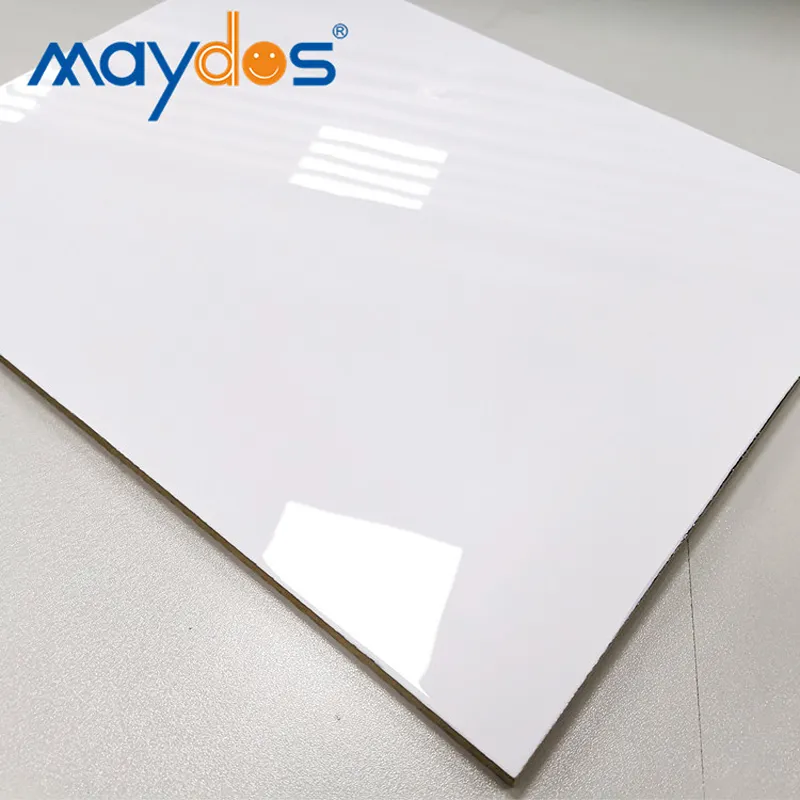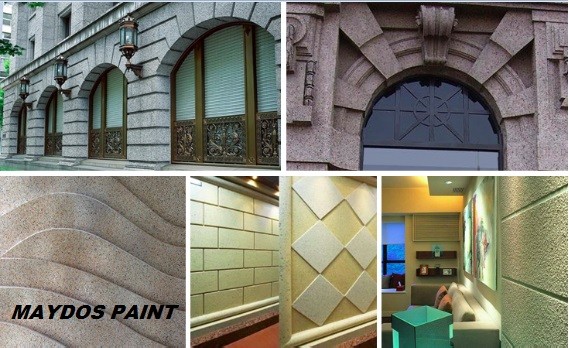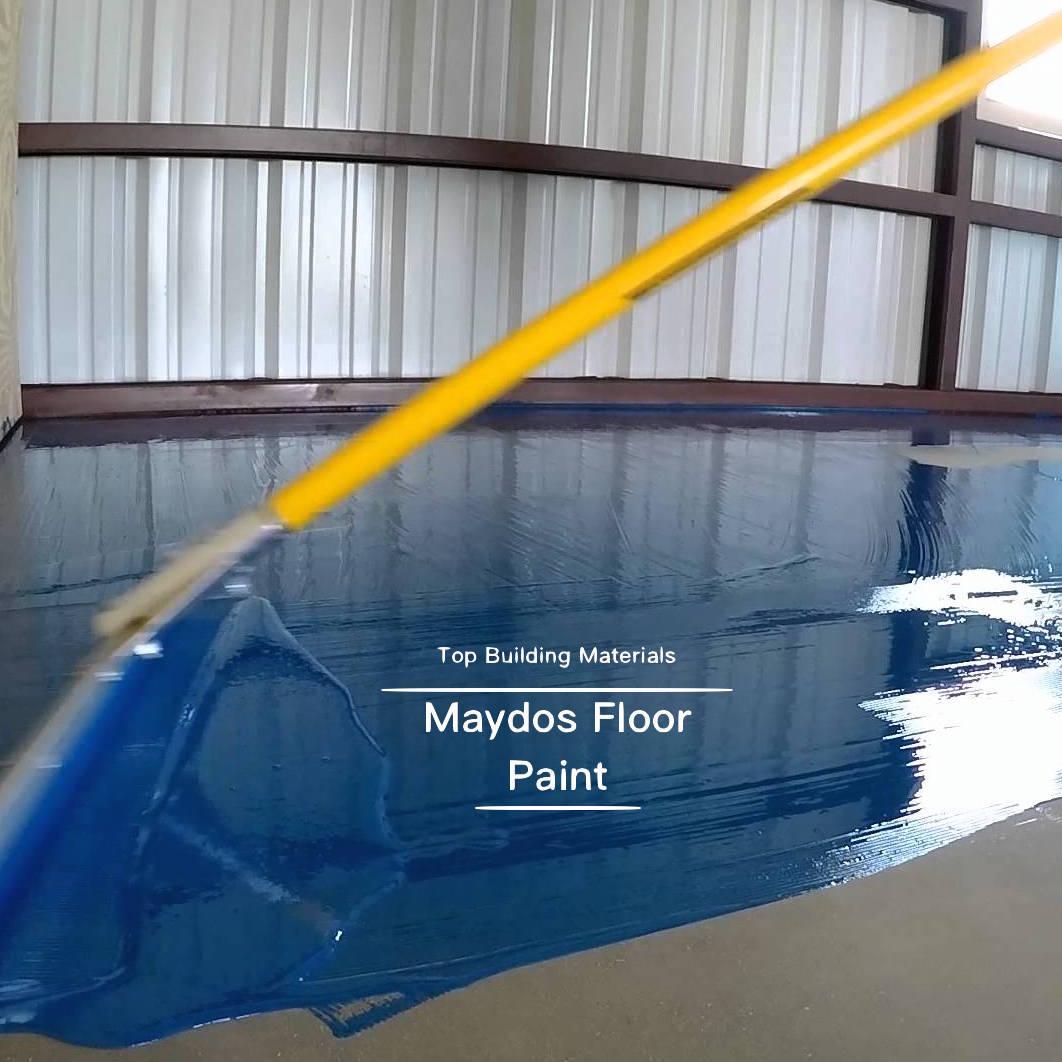Paints Factory
Paint is used for decorating and protecting buildings, boats, cars, planes, and appliances. Its ingredients include pigments to provide color, solvents to help it spread and dry, resins to bind the material, and additives to enhance its properties.
The manufacturing of paint requires rigorous quality control and testing. The lab is responsible for inspecting the raw materials and monitoring the product throughout production.
Preparation
The preparation process in a paints factory begins with measuring and portioning the raw materials used to make the base for the paint. This is done using large industrial scales to ensure accurate proportions.
Pigments, resins, solvents, and additives are then combined in the correct amounts to form a paste. For most industrial and many consumer paints, a large sand mill is used to grind the pigment particles so they are easily dispersed in the mixture. Once this step is complete, the paint is filtered to remove any remaining particles that could interfere with the desired performance of the final product.
During this phase, the paint is also tested to ensure it meets specific delivery parameters. This includes checking color tone and tint strength, as well as adjusting important delivery characteristics such as conductivity, pH value, viscosity, and more.
Once the paint has been thoroughly tested and adjusted, it can be produced for use by the customer. Depending on the type of paint, it may be diluted or thickened to adjust its properties.
For example, a thickened paint will be less viscous than a dilute one. This helps to ensure that it can be applied easily and will cover the surface well. The thickened paint is also more stable, allowing it to hold up better against chemicals and weather elements. In addition, thickened paints are often more environmentally friendly, as they contain fewer VOCs than their dilute counterparts.
Milling
A paints factory requires precision to produce high-quality paint that lasts and performs. The entire process, from beginning to end, must be carefully controlled to ensure that the finished product is of the highest possible quality. This is why automation and monitoring systems are used throughout the production process.
Heavy sacks of pigments arrive at the factory in trucks. Each pigment is carefully measured and weighed to match the precise formula developed in the laboratory for each color. The powdered raw materials are then mixed with water and binders to form the liquid paint components.
Next, the liquid raw materials are mixed with thickeners and additives to create the paint base. The resulting mixture is then subjected to a series of tests to determine its tint strength and properties.
The milling process takes the dispersing process a step further by reducing the particle size. This reduces the amount of air entrapped in the feed, which can affect product flow, color strength and gloss. Oliver Batlle offers various mill types including immersion mills, continuous mills and recirculation mills to ensure that the agglomerates are broken up thoroughly.
A key element of a successful paint project is clear communication between all parties involved in the process. This includes the facility managers, safety and compliance teams, and contractors. For example, the facility managers should communicate the working temperatures needed for each type of paint to avoid the risk of equipment malfunction and failure due to inappropriate operating conditions.
Dispersing
During the dispersing process, powdered solid elements such as pigments and fillers are introduced into the basic liquids. This is a very critical stage since the majority of these powdered ingredients are not soluble. The objective of the dispersing process is to ensure that all insoluble powder particles are separated, completely wetted, de-agglomerated and homogenously distributed in the liquid. The choice of dispersing additives depends on the final application, market and use of the paint.
The use of the appropriate dispersing additives leads to a very good wetting and dispersion result. Existing dry agglomerates of the pigments are destroyed and no further agglomeration will take place during the completion of the formulation. This is a very important step and if incorrectly carried out, it can compromise the excellent dispersion results achieved so far.
In architectural paints it is often the case that pigment concentrates are used to tint aqueous and solvent-based systems. The aim is to formulate these ‘universal’ tinters as cost-effectively and universally as possible. This is usually done by using low molecular weight and/or oligomeric dispersing agents (e.g. Efka(r) PU and/or PX types). In addition, the Xfast(r) range of innovative stir-in pigments can eliminate the need for dispersion altogether as these are supplied in the form of dry granules and can be added directly to a stirring formulation. This allows for a significant reduction in the amount of surfactant required in a formulation.
Mixing
In the mixing process, fine-grain pigments are moistened with resin and solvent before additional ingredients are added to form a paint. Then, the mix is stirred to disperse the paint components and ensure that all ingredients are evenly distributed throughout the mixture. This is an important step, and one that can significantly impact paint quality and production time.
In fact, it’s been found that reducing the number of steps in this process can reduce rework by up to 20%. That’s why paint manufacturers are investing in smart technology that can automate this process.
These systems can do this by monitoring and analyzing multiple data points to make informed decisions in real time. For example, a sensor can track the status of each workpiece as it moves through the painting process. It can also alert employees to any issues with the equipment or the coating system.
As a result, the amount of paint waste is minimized. Likewise, the time it takes to complete the entire process is reduced.
This approach to automation also helps with safety concerns, as it eliminates manual, dangerous tasks and reduces the risk of exposure to paint fumes. Ultimately, it can help manufacturers focus more energy on optimizing their production processes and improving paint quality.
Thinning
After going through the sand mill or dispersion tank, the paste pigment moves to large kettles where it’s agitated with the appropriate amount of solvent to create its final consistency. Then, it goes to quality control for inspection and testing.
Whether the paint is oil or water-based, it needs to be thinned to spray well and to reduce drag when brushing or rolling it onto surfaces. Thinning paint also allows it to absorb more layers and provides a better finish. There are many ways to thin paint, and it’s important to know which thinner is best for the type of paint being used.
A simple test for determining if paint needs to be thinned is to put a small dollop on a piece of newsprint and see how quickly it thickens. Alternatively, use a viscosity cup (a tapered measuring device with a calibrated hole at the bottom) and a stopwatch to time how long it takes for the liquid to drain.
If the paint is still thick after this, it needs to be thinned with white spirits, mineral spirits, turps or specific oil-based thinners depending on the type of paint. Be sure to stir the paint before adding the thinners, and add only a small increment at a time, judging it by how it affects the consistency. If you over-add thinners, the paint will be too thin and may clog brushes or dribble out of the container.
Testing
Paints have a wide range of properties that make them suitable for different circumstances. These characteristics are often difficult to quantify, however, because the application and curing of coatings occurs under a variety of climatic and factory conditions. To assess and test these properties, manufacturers send samples to labs like Applied Technical Services (ATS) for testing.
These tests are conducted on both liquid and cured paints. Some tests are based on the ingredients of the paint, while others are based on performance. For example, a Holiday test checks for pinholes in the coating that can eventually cause corrosion of the substrate. Another test determines the resistance of a surface to mechanical wear and tear, where the tester rubs one spot back to forth on the paint’s surface ten times with a dry cotton pad. The blackmark left by the cotton shows oils and dirt that can contaminate the paint.
Other tests include viscosity, which decides whether the paint is suitable for spraying, rolling or brushing. Viscosity can also be tested using a viscometer, which uses a needle or rod to measure the amount of movement required for a sample to travel through it. The test also measures the density or specific gravity of a paint, which is calculated by weighing the non-volatile residue after evaporating the solvent and measuring it gravimetrically.
Fourier transform infrared spectroscopy analysis helps identify the chemical makeup of paints and coatings by comparing the IR absorption spectrum of the unknown material with the known spectra of other materials. The FTIR analysis can also detect hazardous elements in the paints, such as Lead, Cadmium, Mercury, Chromium, PBB, or PBDE.





















